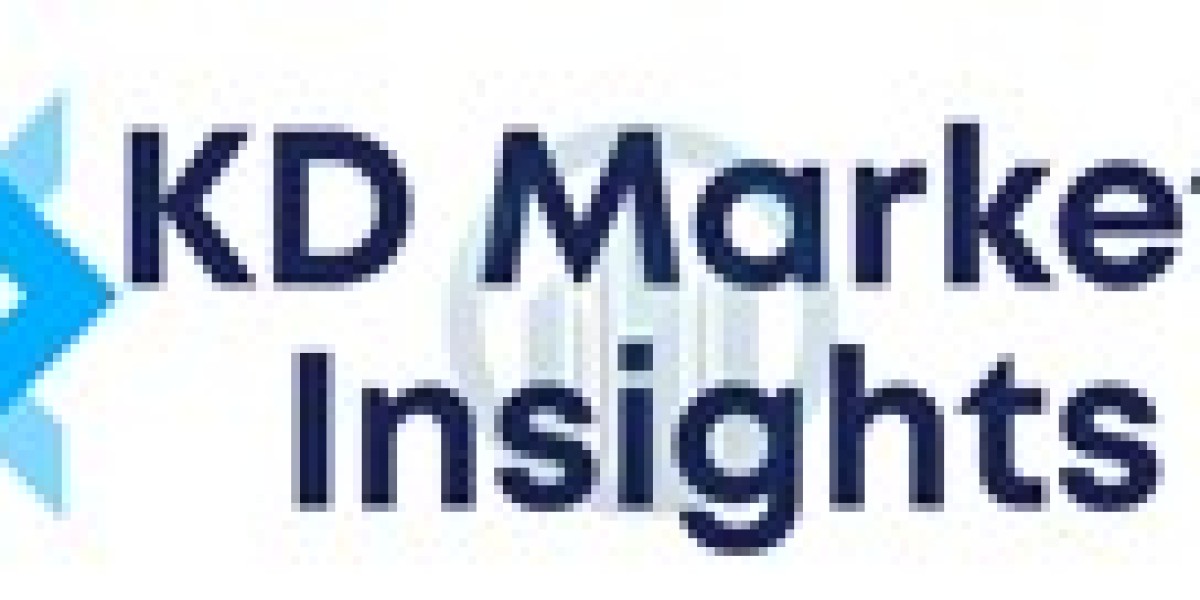The Immunoglobulin (Ig) Market is experiencing robust growth, driven by the rising incidence of autoimmune diseases, immunodeficiencies, and infectious diseases that require immunoglobulin therapy. Immunoglobulins, or antibodies, are critical components of the immune system, used to treat a wide range of disorders, including primary immunodeficiency diseases (PIDD), neurological disorders, and certain autoimmune conditions. The global immunoglobulin market is poised for continued expansion as the demand for immunoglobulin-based therapies increases, supported by ongoing advancements in biotechnology and a growing focus on personalized medicine.
Market Drivers and Growth Factors
The key factors propelling the immunoglobulin market are the increasing prevalence of immunodeficiency disorders, such as primary immunodeficiency diseases (PIDD) and secondary immunodeficiencies, as well as the rising number of autoimmune diseases like Guillain-Barré Syndrome, Chronic Inflammatory Demyelinating Polyneuropathy (CIDP), and rheumatoid arthritis. Immunoglobulin therapies, particularly intravenous immunoglobulin (IVIG) and subcutaneous immunoglobulin (SCIG), are effective treatments for these conditions, contributing significantly to market growth. These therapies work by supplementing the body’s immune response, which is critical in combating infections and reducing inflammation.
Another significant driver is the increasing adoption of immunoglobulin therapy in the treatment of neurological and hematological disorders. For example, immunoglobulin is now a preferred treatment option for Guillain-Barré syndrome and other neurological autoimmune diseases due to its ability to modulate immune responses and reduce damage to nerve tissues.
Additionally, the market is witnessing greater demand for immunoglobulin products driven by the growing elderly population. As individuals age, the likelihood of immune-related disorders increases, which is driving demand for immunoglobulin therapies as part of ongoing healthcare management.
Market Challenges
While the immunoglobulin market is growing, it faces several challenges. One of the primary obstacles is the high cost of therapy, particularly IVIG, which can be expensive and is often subject to reimbursement limitations in various regions. Plasma-derived therapies, the core component of immunoglobulin production, are also dependent on a steady and ethical supply of human plasma, which can sometimes be limited.
Furthermore, the complexity of plasma collection and the need for stringent regulatory oversight are factors that can hinder the growth of the market, especially in countries with limited infrastructure or access to specialized care.
Market Trends and Innovations
The immunoglobulin market is also benefiting from significant technological advancements in the manufacturing process, leading to improved efficiency and production of human immunoglobulin products. The development of subcutaneous immunoglobulin (SCIG) has become increasingly popular due to its ease of administration and the ability for patients to self-administer at home, improving patient compliance.
Moreover, biotechnology innovations, including the development of recombinant immunoglobulins and the exploration of monoclonal antibody therapies, are expected to expand the scope of immunoglobulin-based treatments in the coming years.
olivesmith
171 Blog posts



